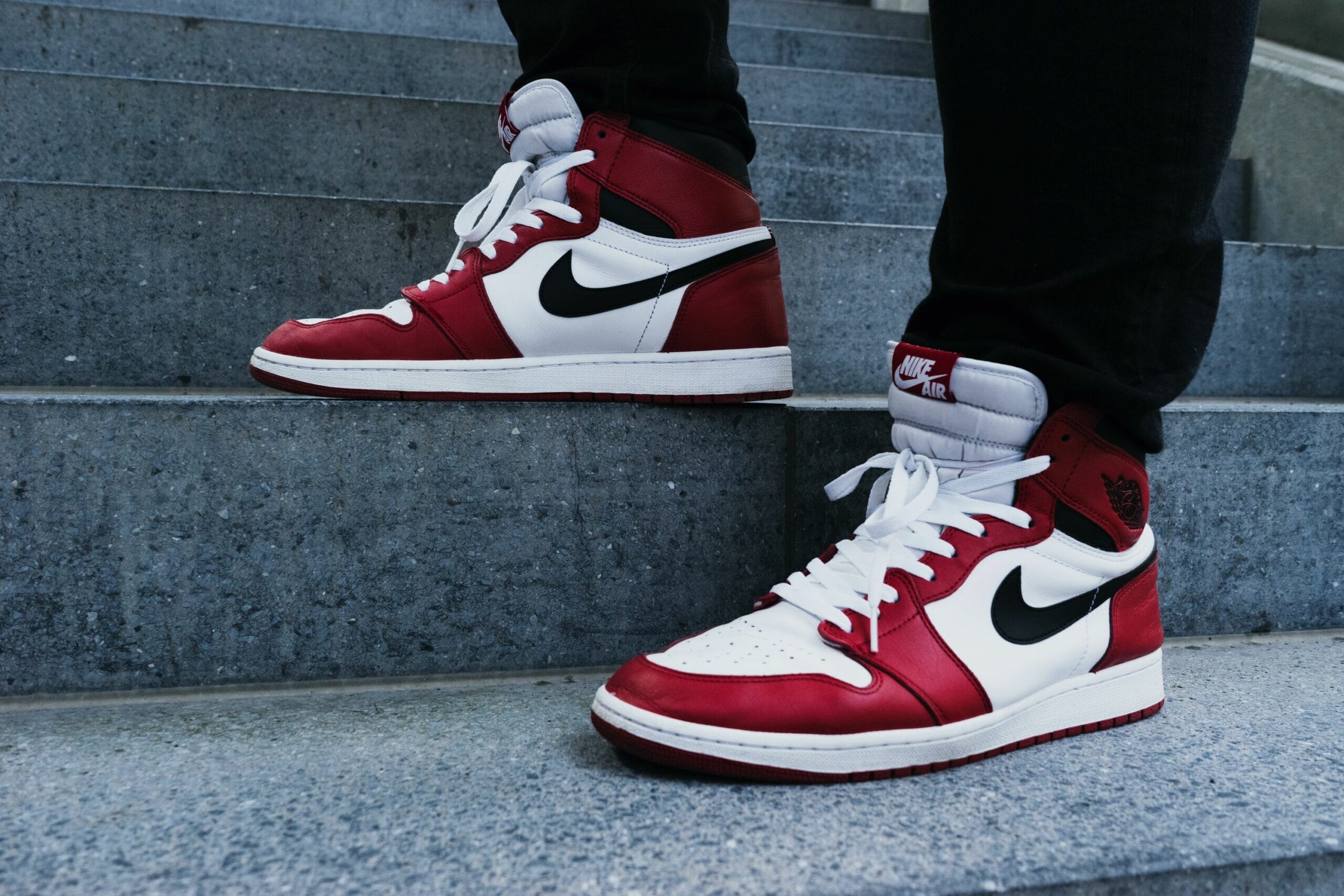What are the secrets of great brand partnerships? Why do some fly and others fail?

Blog
Brand Partnerships - 7 Simple Rules
Brand Partnerships – The Rules
Like great singing duos, strategic partnerships between brands really work when the two businesses complement each other; they each bring something to the party. They gel, they don’t compete, and their alliance mobilises their respective fanbases so that both gain more than they would working alone!
Let’s unpick this a little by taking a closer look at the rules:
1. Power
In good brand partnerships there’s not a great inequality in the relationship, with one dominant player. This is important as if both parties are to give the alliance proper commitment, there needs to be a sense of brand reciprocity.
That’s not to say that both organisations must be the same size, but if they aren’t, then the smaller player needs to have something else the bigger partner values. It may be that the smaller brand has a huge following among an audience which the big player struggles to reach, is brilliant on a certain social media channel or is synonymous with a critical topic or issue which the larger brand is trying to become known for. Skittles’ collaboration with Gay Times is a good example of this.
You get the gist. It’s the reason why big Hollywood stars will take a lowly paid role on the West End – the theatre wants their box office appeal, and the star wants artistic credibility. The scales are balanced.
2. Non-Compete
The businesses involved in brand partnerships need to trust each other and so mustn’t compete. They shouldn’t be aiming for the same part of the consumer/customer’s purse. For instance, there’s a good synergy between an interior designer and a wallpaper manufacturer – people get inspired by the one to then buy from the other. But a paint manufacturer and a wallpaper manufacturer are not such a neat fit. Deciding to wallpaper all my rooms will leave me less to spend on paint and vice versa!
3. Values
For brand partnerships to work, the brands need to look right together. This can manifest in a number of ways. You can be ethically similar or care about the same issue – as can be seen here in this brilliant campaign involving Snapchat and Headspace. Alternatively, it may be that commercially your values chime; you’re both targeting the low-cost/budget end of the market; you both help time-poor, stressed execs; you’re both e-commerce champions etc.
4. The Fit
If the companies have complementary marketing skills, knowledge or resources, so much the better. For instance, one may have a phenomenally responsive email database, the other may have great social media followings, by pooling their resources they suddenly have a formidable marketing machine.
A good example of this is Red Bull and GoPro. These lifestyle brands of course fit from a commercial values point of view – one brand gives you the ‘pep’ to try something adventurous, and the other captures the moment when you do. However, on closer inspection, you can see how really smart this brand partnership is from a practical marketing viewpoint too. Through its technology, GoPro equips athletes to capture and share great video content taken during races and stunts. However, GoPro knows nothing about running such events – which is where Red Bull comes in. By combining forces, they have a potent marketing solution which both benefit from.
When considering a co-branding opportunity, remember the fit can also be a business one. For instance, a brand partnership between two companies, established in different but equally important geographic markets, will be ideal for helping both penetrate new territories.
6. Be Selective
Don’t let ‘partner fever’ take hold in your marketing team. It’s much better to operate a few strong brand partnerships brilliantly, and milk them for all they’re worth, than to start masses of them and not see them through properly.
7. Keep an Eye on Your Audience
Weighing up these practical considerations it’s all too easy to lose sight of your end audience. This is our final golden rule. Brand partnerships have got to make sense to the brands’ respective audiences. They mustn’t jar. You don’t want your end customer inwardly thinking “why the heck are they working with them?” To return to the singing analogy used at the start of this blog, for those of you who can remember the anthemic, slightly ridiculous ‘Barcelona’ – Freddie Mercury could duet with Montserrat Caballe because both were larger than life, with big voices. They were divas, global stars in their own fields. Both of their audiences – although fans of different genres – would understand the alliance, appreciate the talent and enjoy the result.
We're always interested in a new PR challenge




Stay Up-to-Date with the Latest PR Insights




